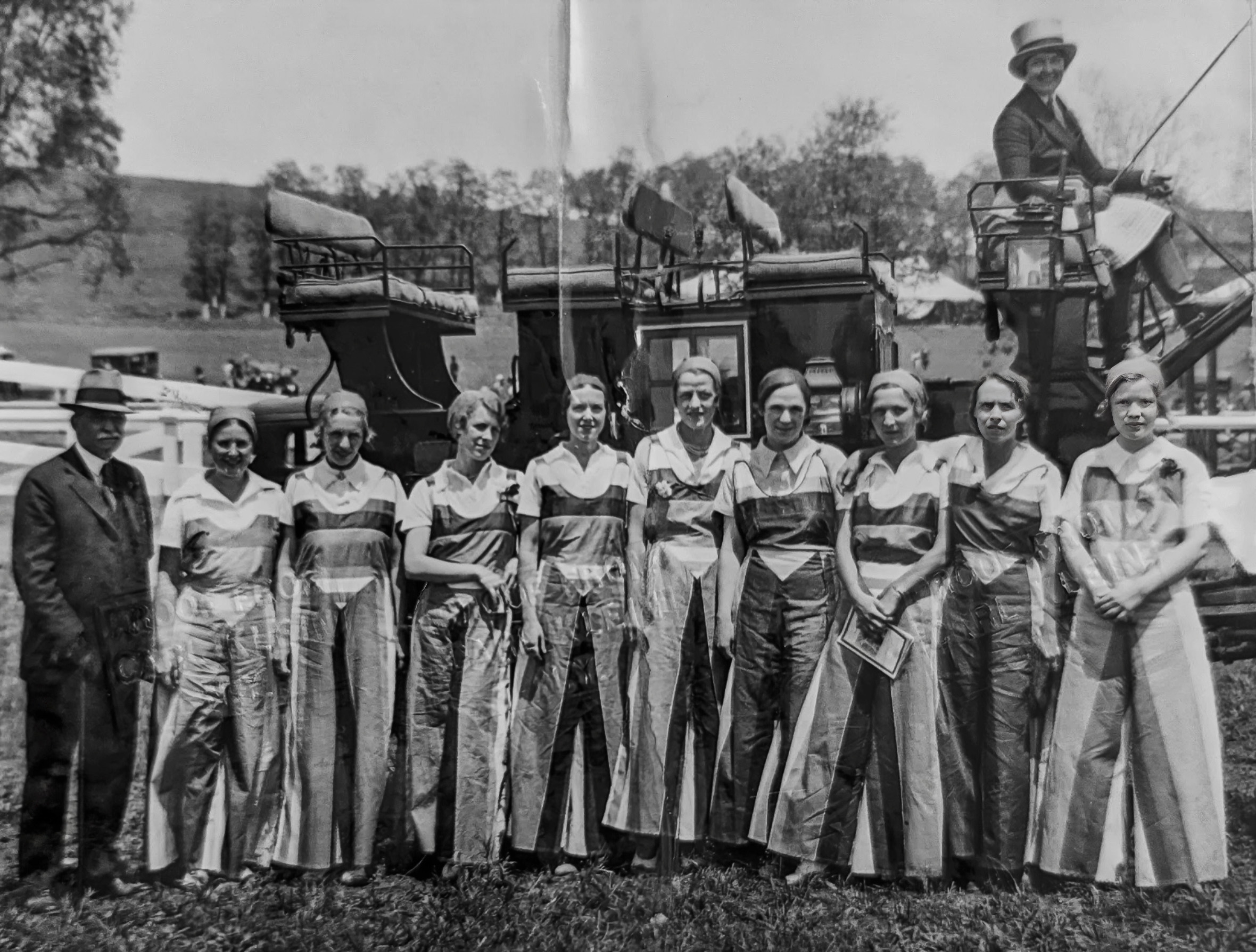In 1901 the Junior League was founded in New York City as the Junior League for the Promotion of Settlement Movement. It was founded within a time of great social unrest and an emerging feminist movement. On August 6th, 1923 ten wives and daughters of Reading’s elite industrialists met in the living room of Mrs. Mary Griggs Barbey with the intention of joining their ranks. The Barbey’s lived a white, Dutch colonial inspired home on the northwest corner of Reading Boulevard and Lake Avenue. Amongst the other nine women in attendance were Mrs. Ethel Lerch (Latady), Miss Clare Charlton, Mrs. Elizabeth Muhlenberg (Young), Mrs. Isabel Dice (Rodgers), Mrs. Ellen Potts (Pomeroy), Mrs. Katharine Hancock (Lea), Miss Catherine Quier, Mrs. Anita Kift (Latady) and Miss Marjorie Sullivan. Their ages ranged from 19 to 33. Only three years prior to their founding had women solidified their right to vote with the passing of the 19th amendment. All but the youngest founding sister, Clare Charlton, were of age to vote in the first presidential election following the amendment in 1920. It was an exciting and progressive time for women.
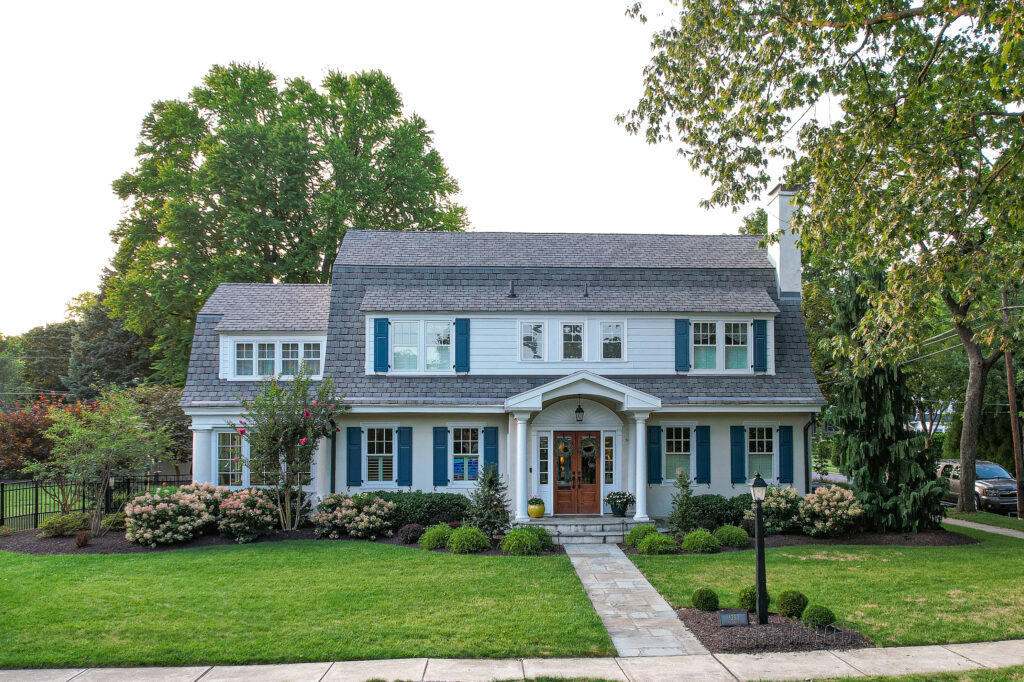
On January 16th, 1924 Reading’s chapter was granted membership into the Association of Junior Leagues by the National Junior League Association in New York. At the time the League had over 10,000 members nationally. Mary Griggs Barbey served as the Reading chapter’s first president. One of the first official events, a bridge and Mah Jongg party, occurred on February 12th, 1924 at the Woman’s Club of Reading at 140 North Fifth Street. The Junior League members dressed in their Grandmother’s Victorian attire to entertain their guests. It was described in the February 13th, 1924 Reading Times as, “the most delightful thing of its kind ever held in Reading.” Money was raised from selling baked goods and dolls at the event.
Due to a need for a permanent location to operate, the Junior League purchased its Settlement House at 229 South Fifth Street on November 6th, 1925. The League began providing sewing, cooking, basketry, carpentry, dancing and story-telling classes for Reading’s youth. In 1928 the very first Hour Glass was published. The Hour Glass was a monthly publication put out by the Junior League exclusively for its members about the news and events happening within the organization. After only four years the Settlement house was outgrown and sold in 1929. Around that time two new activities; study groups in Antiques, Drama and Current Events in addition to Children’s Theatre were implemented as new offerings by the Junior League.
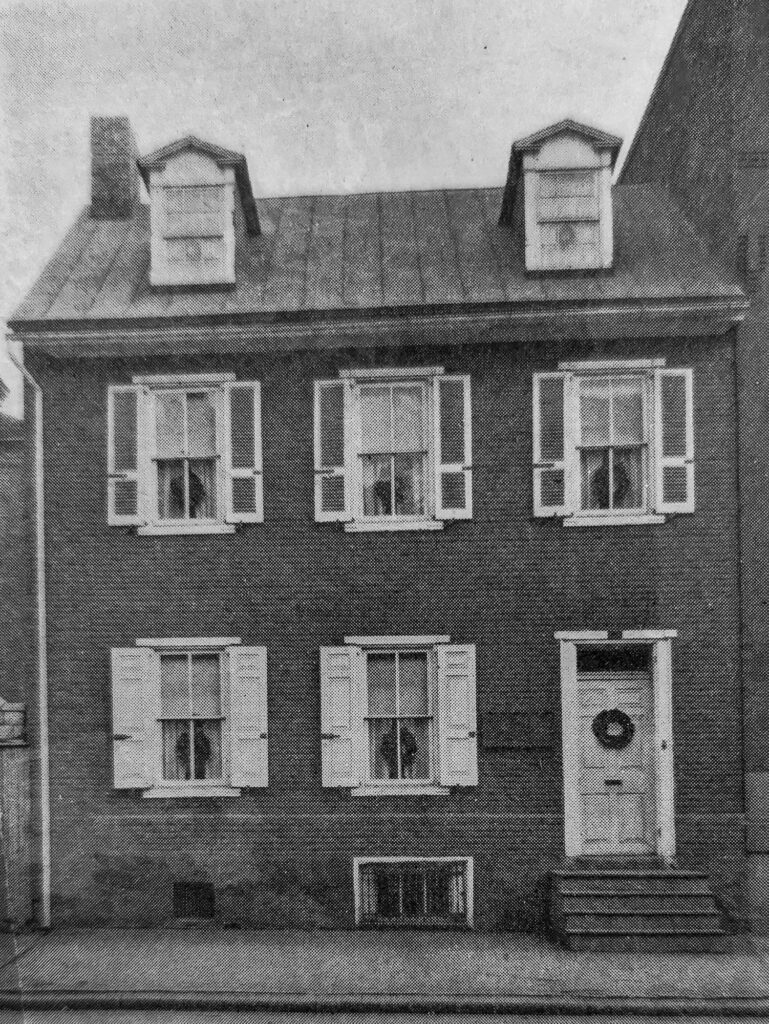
With the country’s ongoing struggle with the Great Depression into the 1930s, the Junior League was heavily involved in community relief projects. In conjunction with the Reading School Board and city Recreation Department, the Junior League implemented the Tyson-Schoener Recreation Center at the then-new Tyson-Schoener Elementary School. It was the first recreation center of its kind in the city and was open to all members of the community after school hours. By the end of the decade activities and classes at the center expanded into nature study, woodwork, metal work, weight lifting and homemaking.
One of the Junior League’s largest fundraising events to benefit the recreation center was the Reading Horse Show. The Reading Horse Show originally took place at the Reading Country Club, but between 1935-1950s it was moved to the grounds of Old Mill Farm in Wyomissing. By the end of the 1930s it was a very popular two-day event with riders coming from all over the region to compete in a variety of equestrian events.
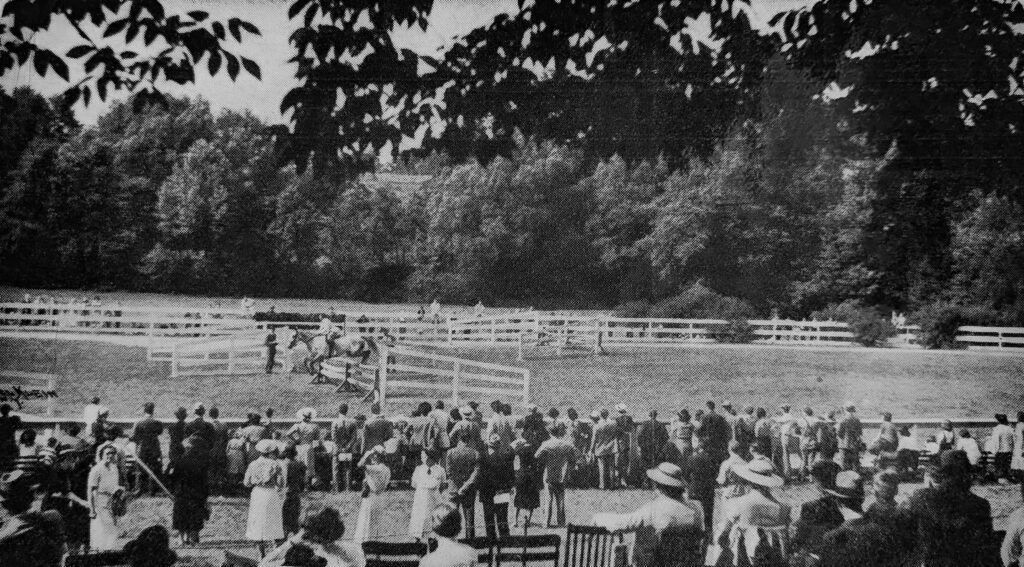
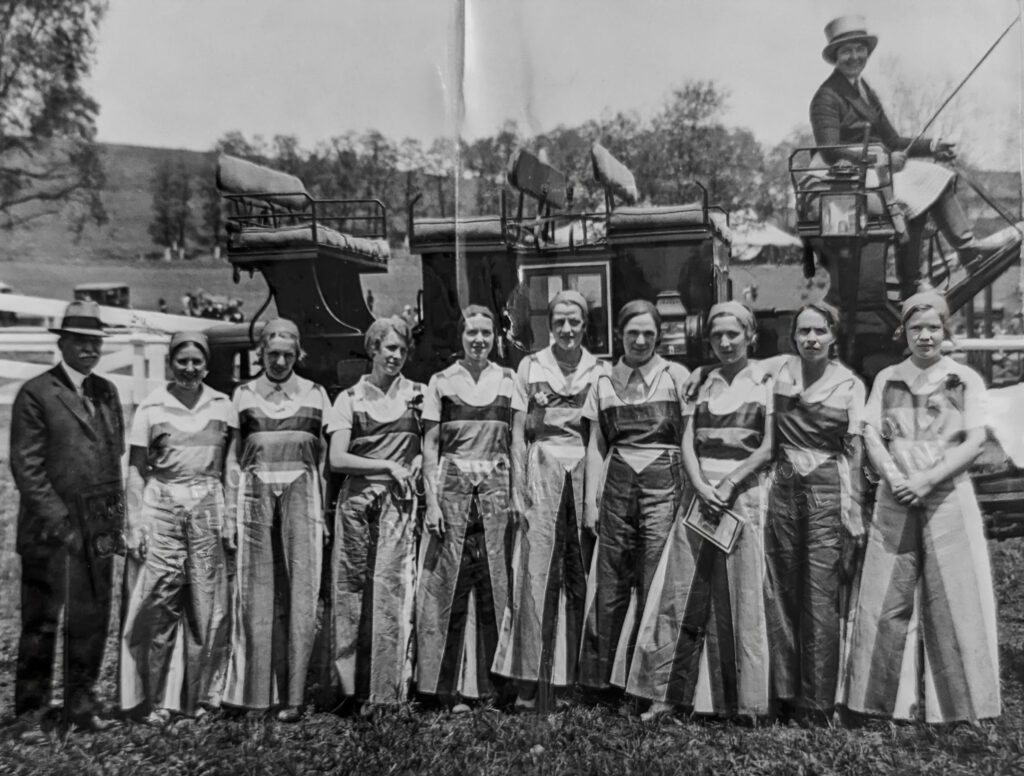
In 1938 the Junior League was benefited by a very special showcase of famous actress Colleen Moore‘s $435,000 Doll House. It was located in the 6th floor auditorium of Pomeroy’s Department Store between February 11th-19th, 1938. The Doll House went on tour with Moore across the country beginning in 1935. The funds raised from admission always benefitted a charity local to the area it was on display.
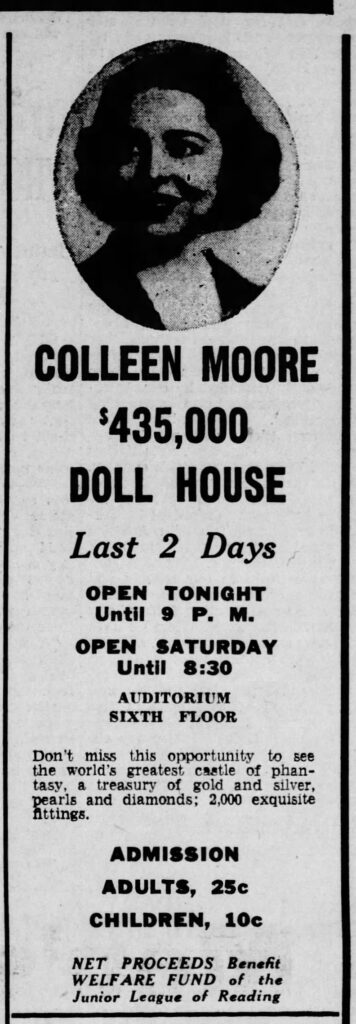
The League focused on war efforts in the 1940s and raised a total of $8116 in war bonds and stamps. During the war social events and education classes were paused. Keeping morale up was one of the League’s prime objectives during this time; focusing specifically on children’s theater to entertain families who were missing their fathers and brothers. These theater productions became widely known and provided joy to a community otherwise living through a dark and uncertain era. After World War II ended the regular classes, social events and fundraisers resumed and thrived in the post-war economic boom.
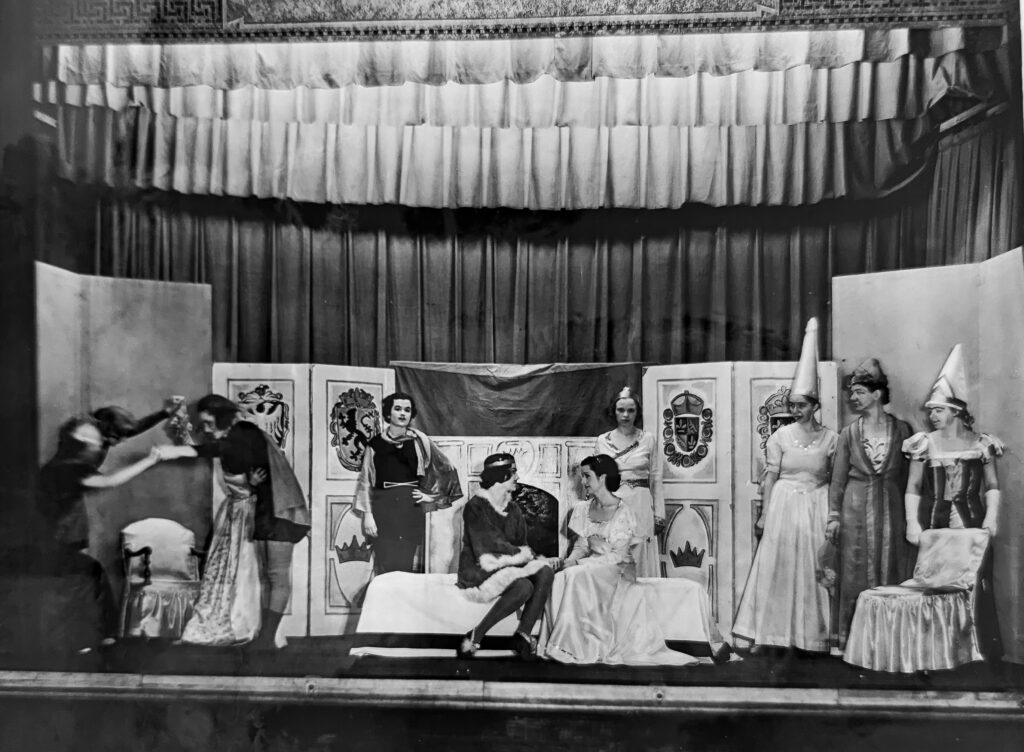
In the 1950s the educational courses provided by the Junior League culminated in “The Hobby School”, which was an after-school program for children. During this decade the children’s theatre transitioned into puppetry shows. The Marriage Seminar Committee was also formed; providing marriage counseling & classes to the general public. For senior citizens who wanted to be self-sufficient the Junior League implemented the Berks Heim Occupational Therapy Program. The League’s charitable reach left no generation untouched.
In 1961 the Junior League published Berks Countians – The Wonderful Way We Live, a 224 page photographic publication as a tribute to the community. Also in the 1960s the organization moved headquarters from downtown to Wyomissing Institute of Fine Arts which was located at Belmont and South Trent Avenues.
The 1970s marked half a century for Reading’s Junior League. The League implemented the Drugs Are Like That program in Reading and greater Berks County’s schools. The program included a drug awareness film and discussion groups with students. In the wake of Hurricane Agnes in June of 1972, the Junior League helped restore the Birdsboro Community Library which lost much of its collection to flood waters. The 255-page second edition of Berks Countians was published in 1974. By the end of the decade the League had donated a staggering $60,000 back to the community in projects including but not limited to: Old Dry Road Farm, Chit Chat Farms, Berks County Senior Citizens Council, People Against Rape and Berks County Easter Seals Society.
For the 60th anniversary in 1983 the League sponsored “A Day for Women” – an educational conference free for women of all ages as a gift back to the community. They also donated $6500 to complete renovations to the Berks Women in Crisis community living area. The Junior League was involved in implementing the Children’s Hands on Museum at the Berks Historical Society during this decade. The 1980s also saw a move in headquarters to Penn State Berks’ campus.
In the 1990s the Junior League collaborated with YMCA to implement the Beacon House, which provided homeless families safe and affordable housing while moving from dependence to independence. In 1998 the Junior League moved again to a home purchased at 1520 Penn Avenue in Wyomissing. This is still currently Junior League headquarters; just seven blocks from where it all started at the Barbey residence on Reading Boulevard.
In a century full of economic depression, war, and social unrest, Reading’s Junior League has constantly adapted its strategy to the needs of the community around them. The Junior League of today opens its membership to women of all backgrounds, social classes and races in the spirit of inclusion. Currently, Reading’s Junior League hosts two large events a year; The Young Women’s Summit and Touch-a-Truck.
The Young Women’s Summit invites 6th and 7th grade girls to take place in a two-day program that focuses on youth empowerment. It has been one of the Junior League’s main events for eleven years. The Touch-a-Truck event takes place at the First Energy Stadium where children are invited to explore and safely interact with a variety of vehicles including trucks, motorcycles, and race cars. This event is in its 16th year and proceeds benefit many current community projects of the Junior League.
Much has changed for women in society since the founding of Reading’s Junior League, but the foundational mission laid by those ten women in 1923 – to meaningfully impact the community through volunteerism, collaboration and training – remains intact.
Sources:
The History of the Junior League of Reading, PA, Inc. Miller, J, 2001
Berks Countians: The Wonderful Way We Live
Reading Times
Reading Eagle
Junior League of Reading Archives

